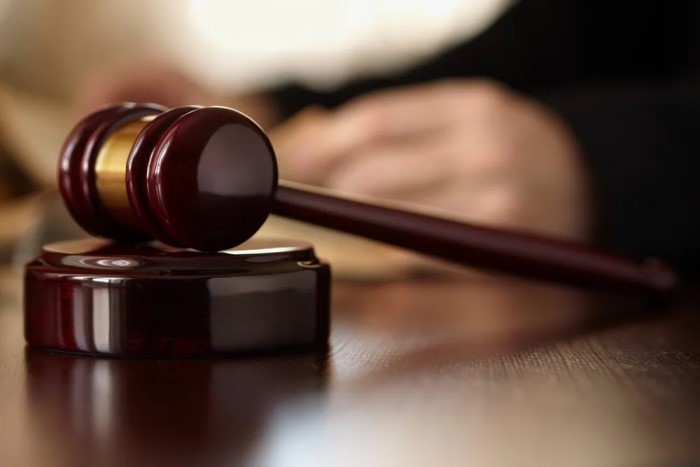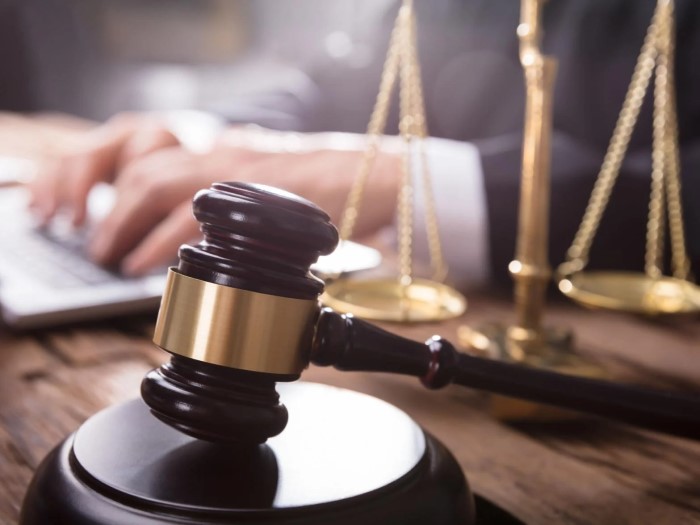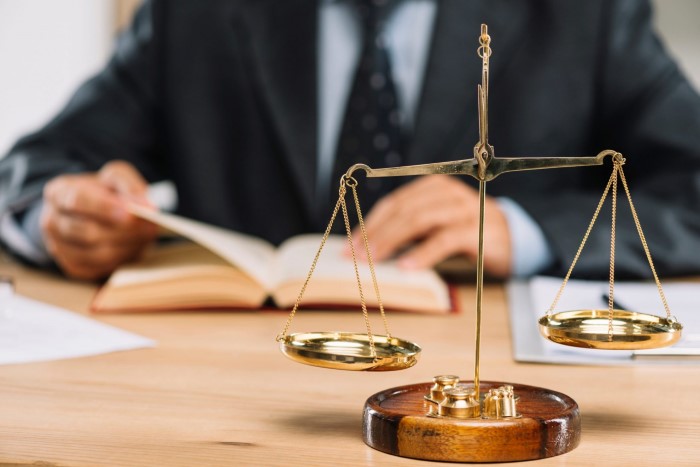When it comes to legal matters, being well-informed is crucial. In this comprehensive guide, we’ll unravel the intricacies of the 1661 Tanglewood lawsuit, shedding light on its background, implications, frequently asked questions, and expert insights. This article aims to provide a thorough understanding of the lawsuit and its significance in a reader-friendly manner.
1661 Tanglewood Lawsuit: Unveiling the Details
The 1661 Tanglewood lawsuit has captured attention due to its complex nature and potential implications for all parties involved. This lawsuit centers around a dispute related to property rights and boundaries in the Tanglewood neighborhood, which has raised several pertinent questions.
Understanding the Origins
The dispute traces back to the year 1661, when the original land deeds for properties in the Tanglewood neighborhood were established. These deeds set the foundation for land ownership and demarcated property boundaries. Over time, changes in property ownership and unclear documentation have contributed to the current legal predicament.
Key Players and Stakeholders
The lawsuit involves multiple stakeholders, including current property owners within the Tanglewood neighborhood, descendants of original landowners, legal representatives, and local authorities. Each party brings their own perspective and claims to the table, adding layers of complexity to the case.
Legal Claims and Counterclaims
At the heart of the matter are conflicting legal claims and counterclaims regarding property boundaries and ownership rights. Some parties argue that historical documents should hold the key to resolving the matter, while others highlight the need for modern surveying techniques and legal interpretations.
Implications for Property Owners
Property owners within the Tanglewood neighborhood are understandably concerned about the lawsuit’s potential impact on their homes and investments. The uncertainty surrounding property boundaries could lead to disputes over land use, renovations, and even property values.
Navigating the Legal Process
The legal process for the 1661 Tanglewood lawsuit involves hearings, evidence presentation, expert testimonies, and legal arguments. This process can be lengthy and intricate, requiring careful consideration of historical documents, land surveys, and legal precedents.
Expert Insights on the Case
To gain deeper insights into the lawsuit, we spoke with legal experts who provided valuable perspectives. According to Attorney Jane Simmons, “The case highlights the challenges of reconciling historical documents with modern legal standards. It’s a reminder of the importance of clear and consistent property documentation.”
Frequently Asked Questions (FAQs)
What is the 1661 Tanglewood lawsuit all about?
The lawsuit revolves around property rights and boundaries within the Tanglewood neighborhood, stemming from historical land deeds.
How did the dispute originate?
The dispute dates back to 1661 when original land deeds were established, leading to ambiguity and conflicting claims over time.
What are the potential implications for property owners?
Property owners could face disputes over land use, renovations, and property values due to the uncertain property boundaries.
How does the legal process unfold?
The legal process involves hearings, evidence presentation, expert testimonies, and legal arguments to resolve the intricate dispute.
What insights do experts provide?
Legal experts emphasize the challenge of reconciling historical documents with modern legal standards and the significance of clear property documentation.
Is there a resolution in sight?
As of now, the lawsuit is ongoing, and parties involved are working towards a resolution through legal means.
Conclusion
In conclusion, the 1661 Tanglewood lawsuit serves as a reminder of the intricacies of property rights, historical documentation, and legal proceedings. As the case unfolds, property owners, legal experts, and stakeholders eagerly await a resolution that could set a precedent for similar disputes in the future. Staying informed about the case’s developments and understanding its implications are vital for anyone with a vested interest in the Tanglewood neighborhood.




